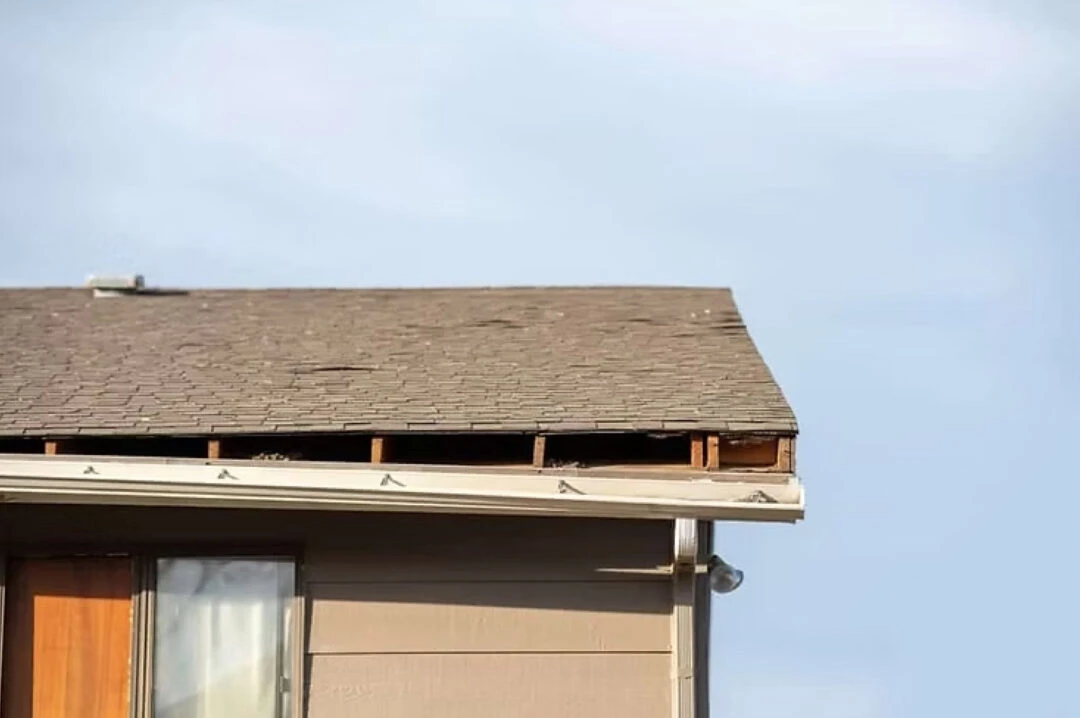
Common Causes of Falling Gutters: How to Prevent Gutter Damage
Your gutters play a critical role in protecting your home from water damage by directing rainwater away from the roof, walls, and foundation. However, when gutters start to fall or sag, they can cause serious problems, including water damage to your home’s structure and landscape. At Gutter Genius, we understand how important it is to keep your gutters functioning properly, which is why we’re sharing some common causes of falling gutters and how to prevent them.
1. Clogged Gutters and Debris Build-Up
One of the most common causes of falling gutters is the accumulation of debris, such as leaves, twigs, dirt, and even small animals. Over time, this debris creates blockages that prevent water from flowing freely through the gutters. When gutters become clogged, water backs up and weighs down the system, leading to sagging or even detachment from the home.
Solution: Regular gutter cleaning is essential to prevent debris build-up and water blockage. If you’re tired of frequent cleaning, consider installing gutter guards. Gutter guards keep leaves and debris out while allowing water to flow through, reducing the frequency of cleaning and preventing clogs.
2. Improper Gutter Installation
Gutters that are installed incorrectly can cause several issues, including sagging or detachment. Common installation mistakes include using the wrong type of hangers or brackets, improper alignment, or failure to install downspouts at the correct locations. These issues can cause the weight of the gutters to shift, leading to instability and potential falling gutters.
Solution: If you suspect that your gutters were installed incorrectly, it’s important to have a professional inspect and repair them. At Gutter Genius, we specialize in proper gutter installation and can ensure that your gutters are securely fastened to your home, preventing future problems.
3. Rust and Corrosion
Over time, gutters made from materials like steel or aluminum can develop rust and corrosion, especially in areas with high humidity or heavy rainfall. Rust weakens the gutter material and can cause it to crack or detach from the house. Additionally, corrosion can erode fasteners, leading to gutter failure.
Solution: To avoid rust and corrosion, consider upgrading to high-quality, rust-resistant gutters, such as seamless aluminum gutters or copper gutters. These materials are more durable and less prone to corrosion, offering longer-lasting protection for your home.
4. Excess Weight from Ice and Snow
In colder climates, the weight of ice and snow can put tremendous pressure on your gutters. As ice and snow accumulate, they can weigh down the gutters, causing them to sag or pull away from the house. This is particularly common in areas with heavy winter precipitation.
Solution: To prevent ice buildup, make sure your gutters are clear before the winter season. Consider installing heating cables or gutter guards to keep your gutters clear of ice and snow. In addition, ensure that your gutters are sloped correctly so that water can flow freely even during the colder months.
5. Loose or Deteriorated Fasteners
The fasteners that hold your gutters in place can deteriorate over time due to exposure to the elements. When these fasteners become loose or rusted, they can no longer support the weight of the gutters, leading to sagging and potential detachment.
Solution: If your gutters are hanging loose, it may be due to worn-out fasteners. Replacing or tightening the fasteners can restore the stability of your gutter system. If you notice significant damage, it’s best to have a professional replace the affected sections.
6. Tree Branches and Overhanging Debris
Trees growing near your home can cause gutters to fall if branches overhang the roof or gutters themselves. As branches grow, they can apply pressure on the gutters, causing them to pull away or bend. In addition, falling branches or debris can clog gutters, adding weight and contributing to the risk of falling.
Solution: Trim overhanging branches to reduce pressure on your gutters and prevent them from causing damage. Regular tree maintenance can help protect your gutters and keep them in good working condition.
7. Foundation Shifting
Over time, the foundation of your home can settle and shift, causing structural changes that impact the position of your gutters. When the foundation moves, it can lead to misalignment of your gutter system, causing them to pull away from the house or sag.
Solution: If you notice that your gutters are misaligned, it could be a sign of foundation issues. Have your foundation inspected to identify any potential problems, and make sure your gutters are re-aligned to prevent further damage.
8. Lack of Proper Maintenance
Failing to maintain your gutters regularly can lead to a host of problems, including sagging, falling, and damage to your home’s exterior. Neglecting routine inspections and cleanings puts your gutters at risk of falling into disrepair.
Solution: Regular maintenance is key to keeping your gutters in top shape. Schedule annual gutter inspections, cleanings, and repairs to ensure that your gutters are functioning properly and protecting your home.
Conclusion
Falling gutters can cause serious water damage to your home, but with the right maintenance and preventive measures, you can avoid these issues. Regular cleaning, proper installation, and investing in high-quality gutter materials are all essential to preventing gutter problems. If you’re concerned about your gutters, or if you’ve noticed sagging or damage, Gutter Genius is here to help. Our team of experts can inspect your gutters, recommend necessary repairs or upgrades, and provide professional installation of seamless gutters and gutter protection systems to ensure your home stays protected.